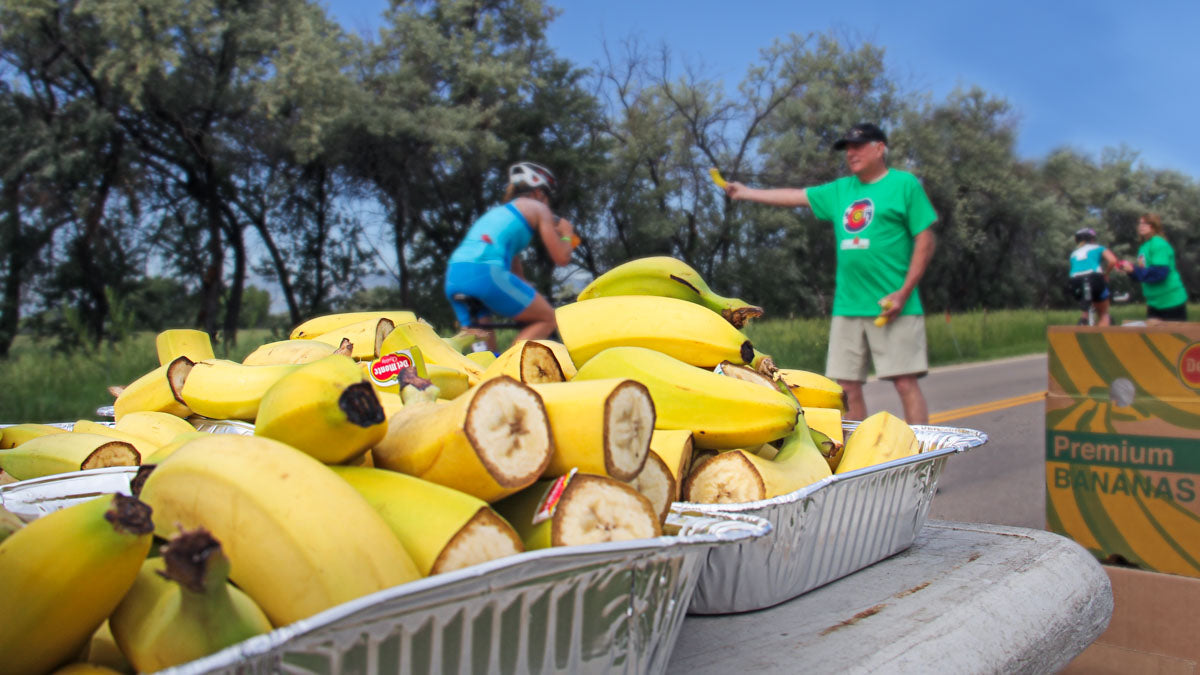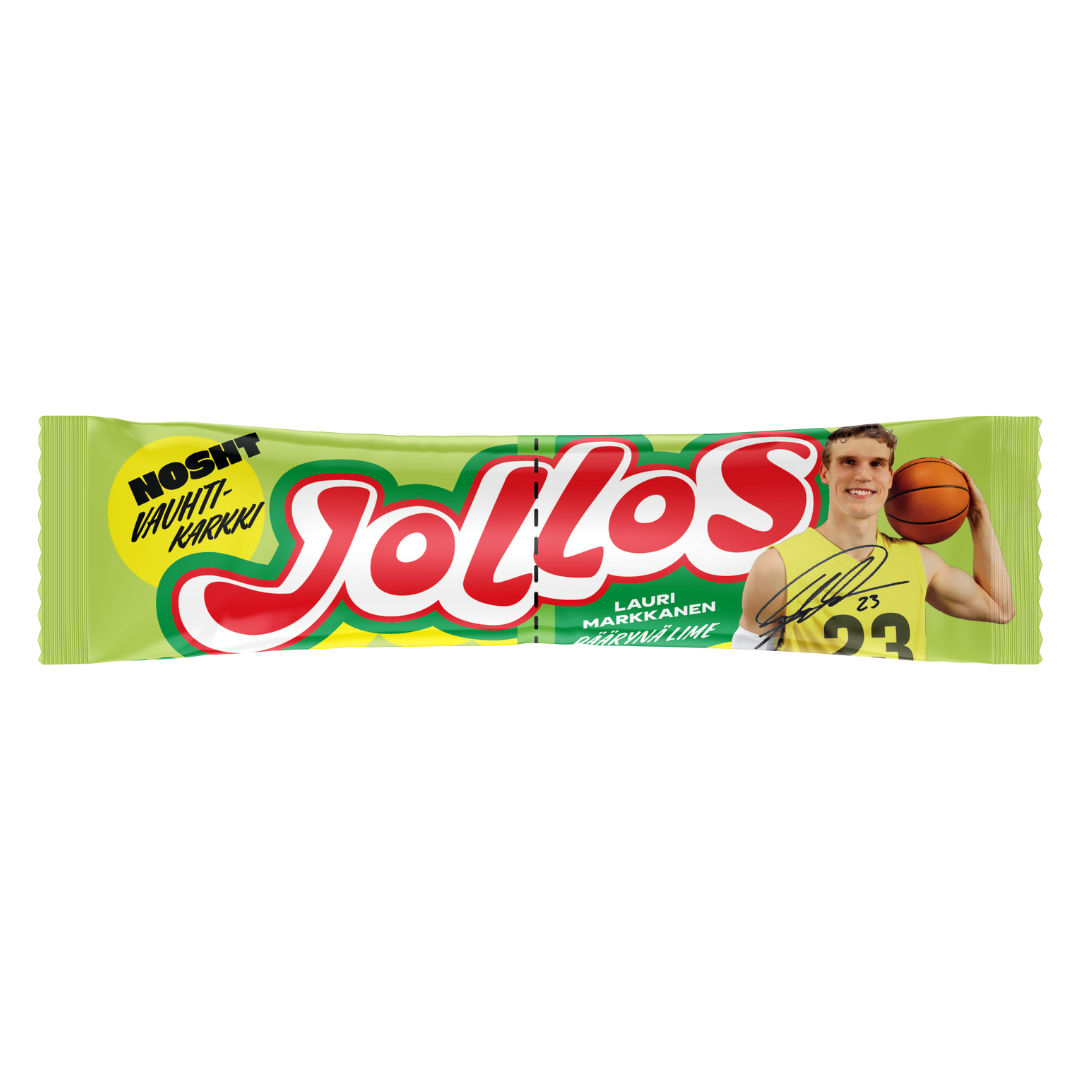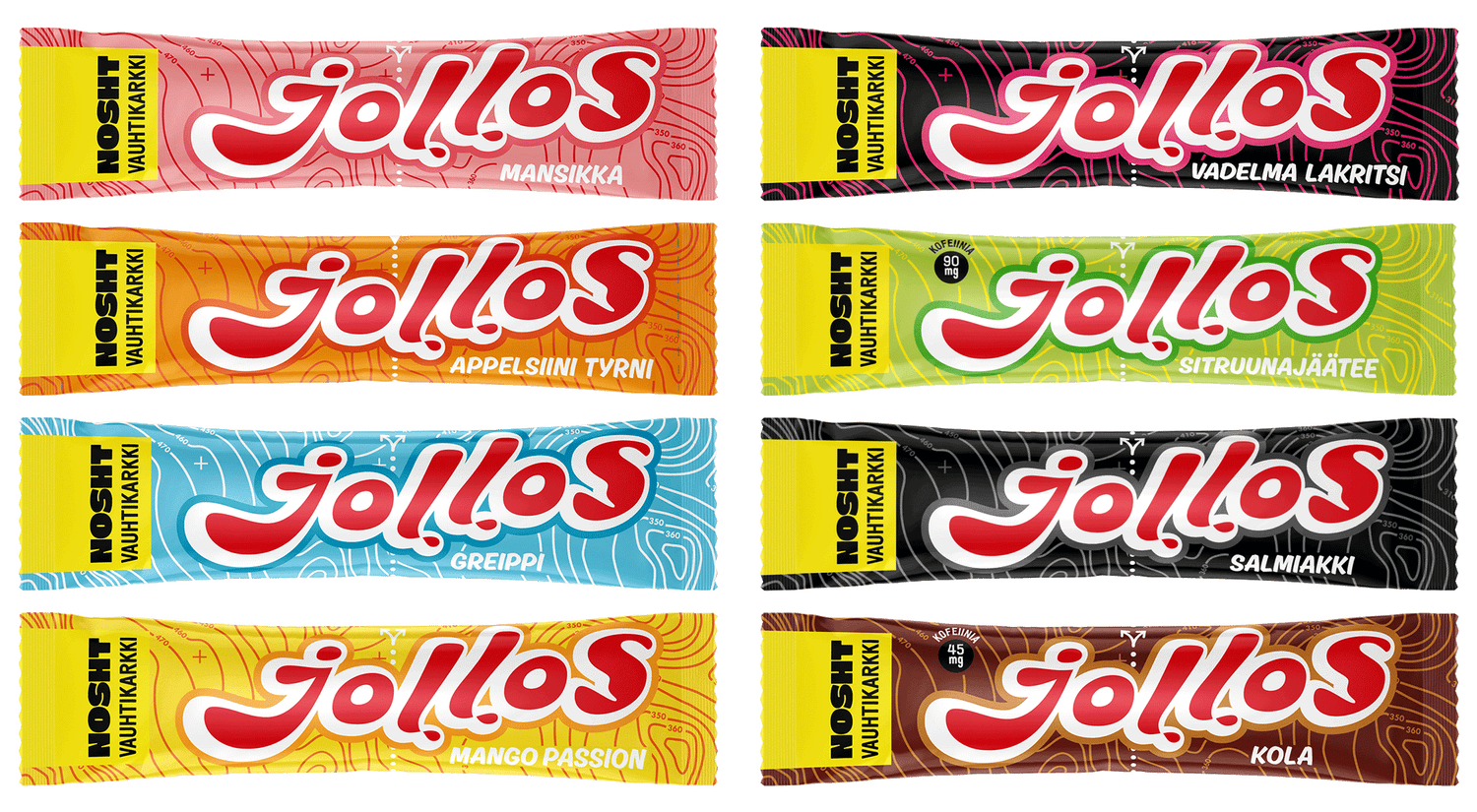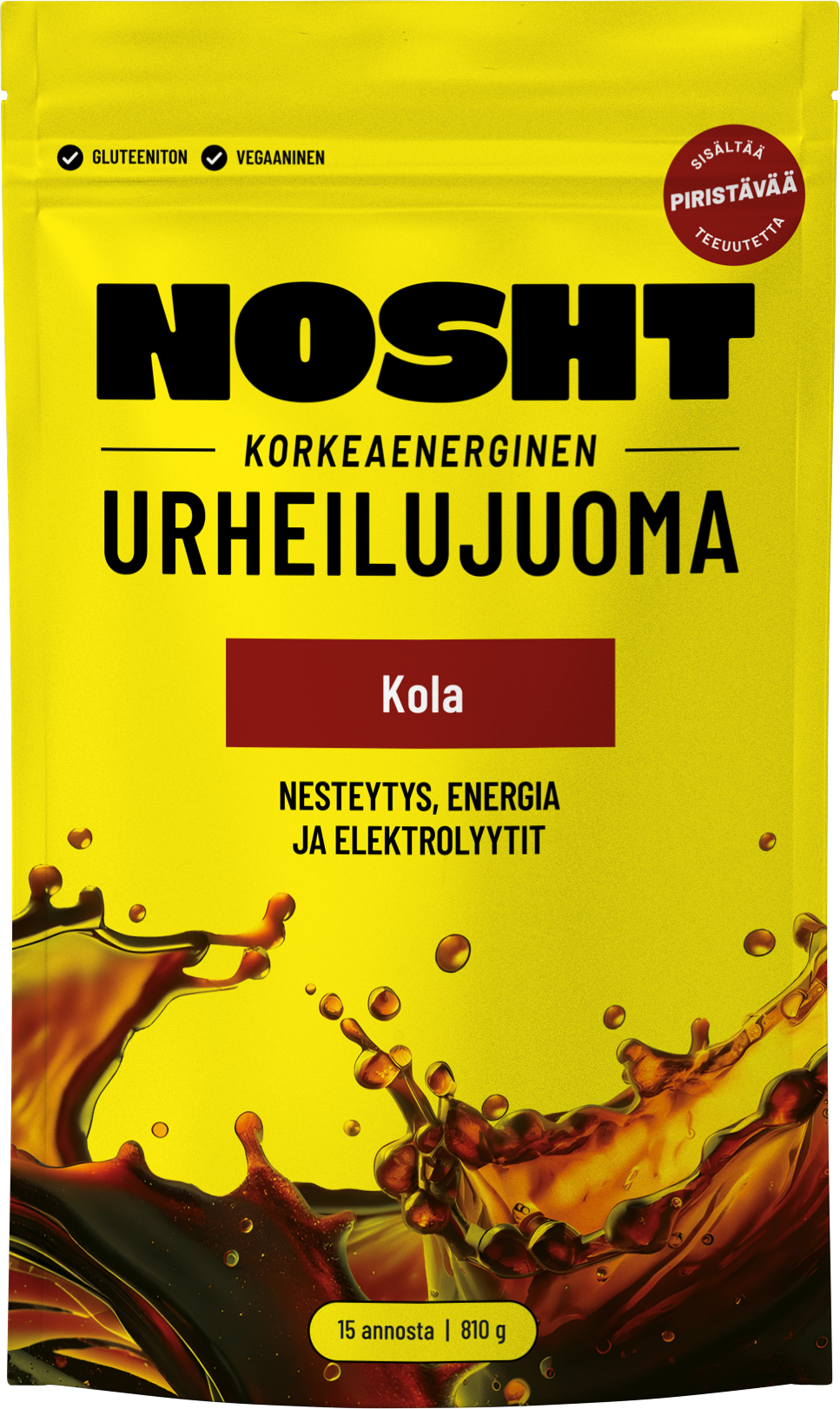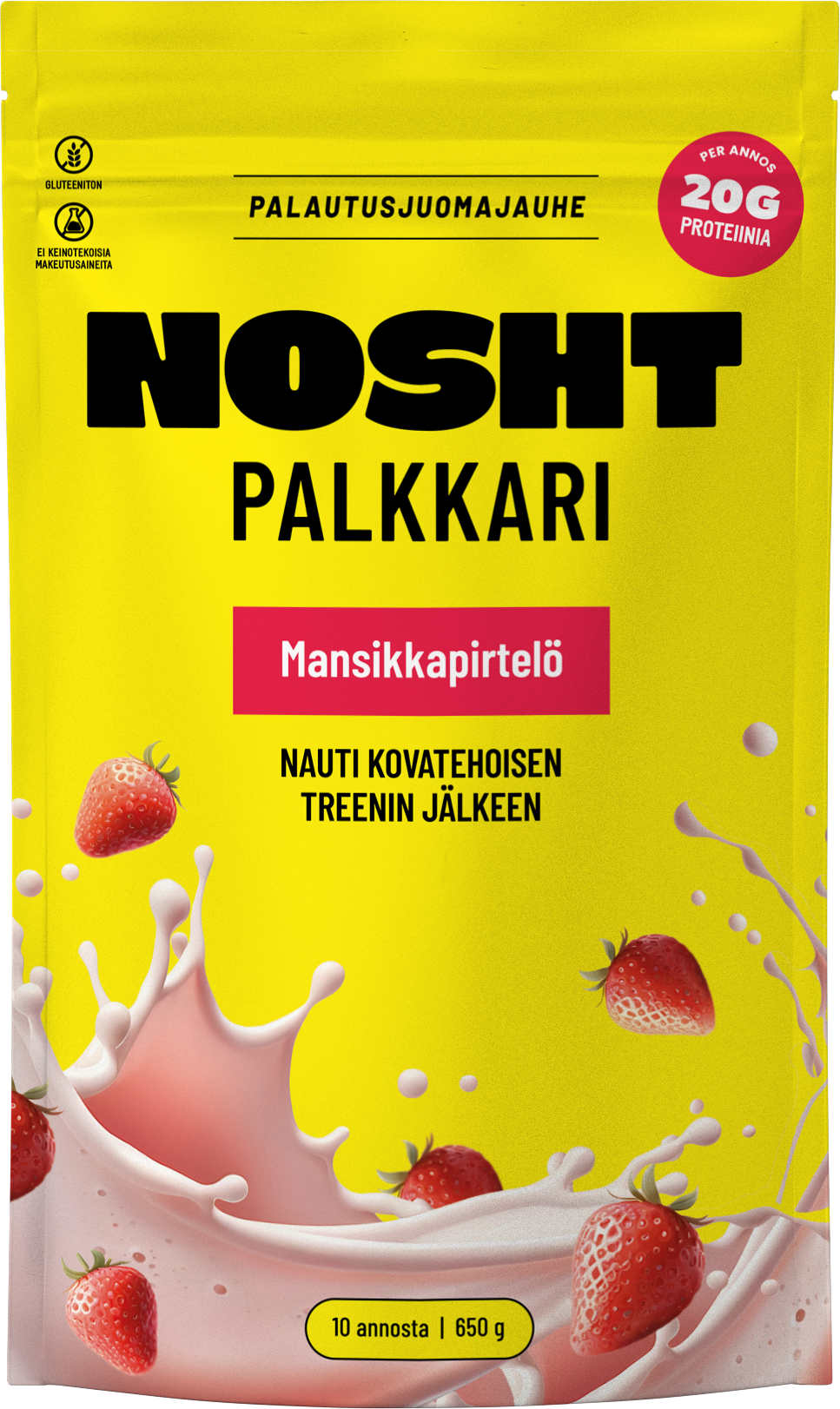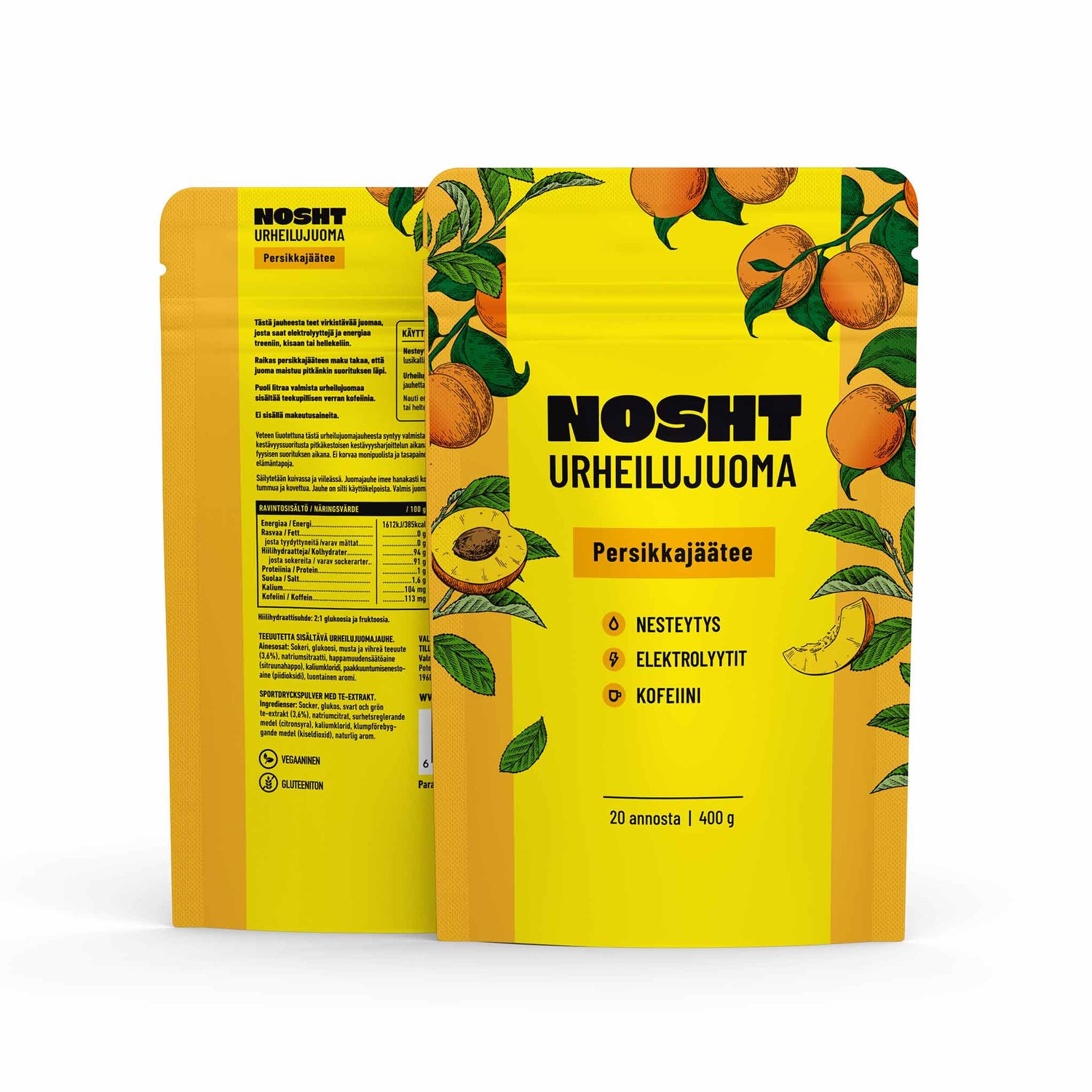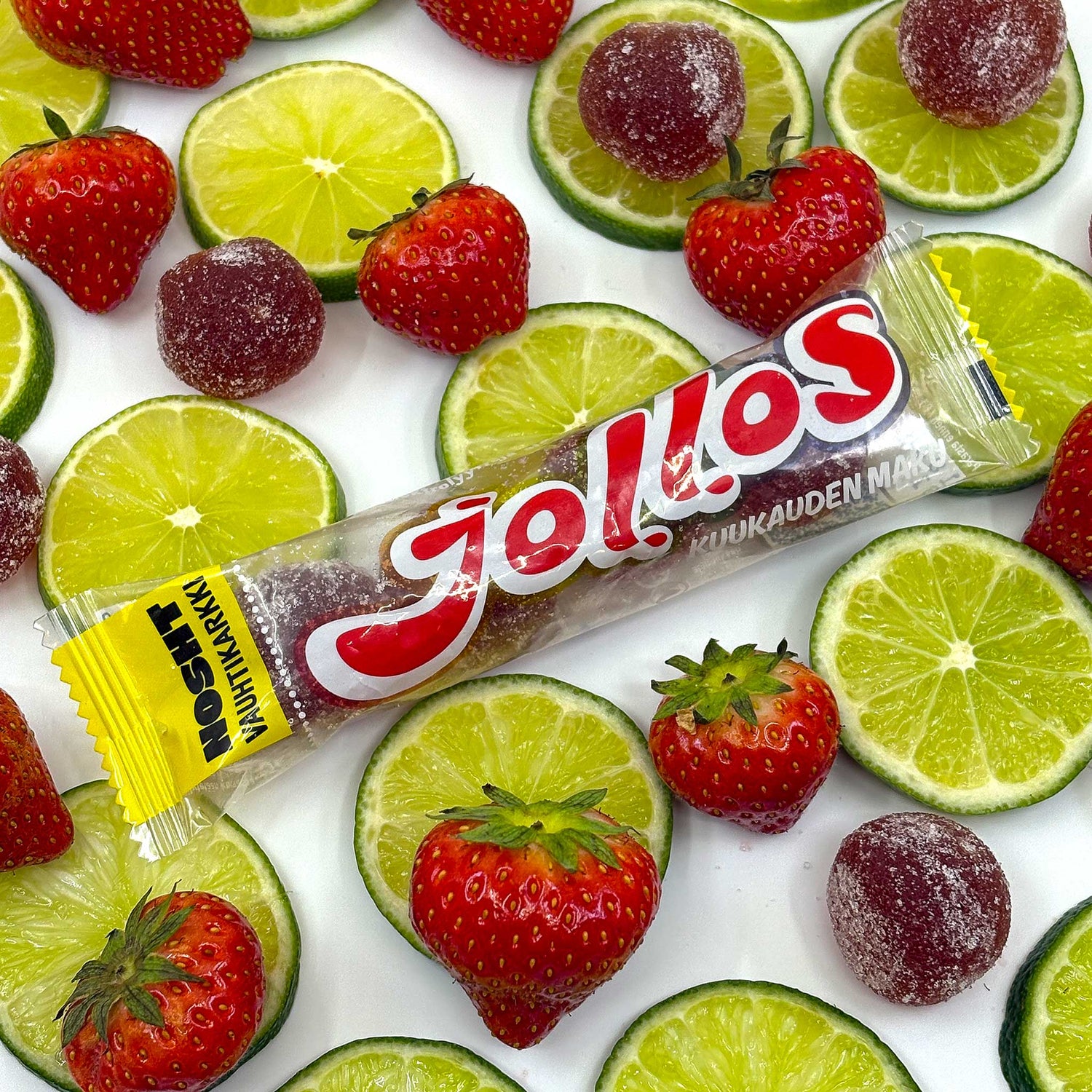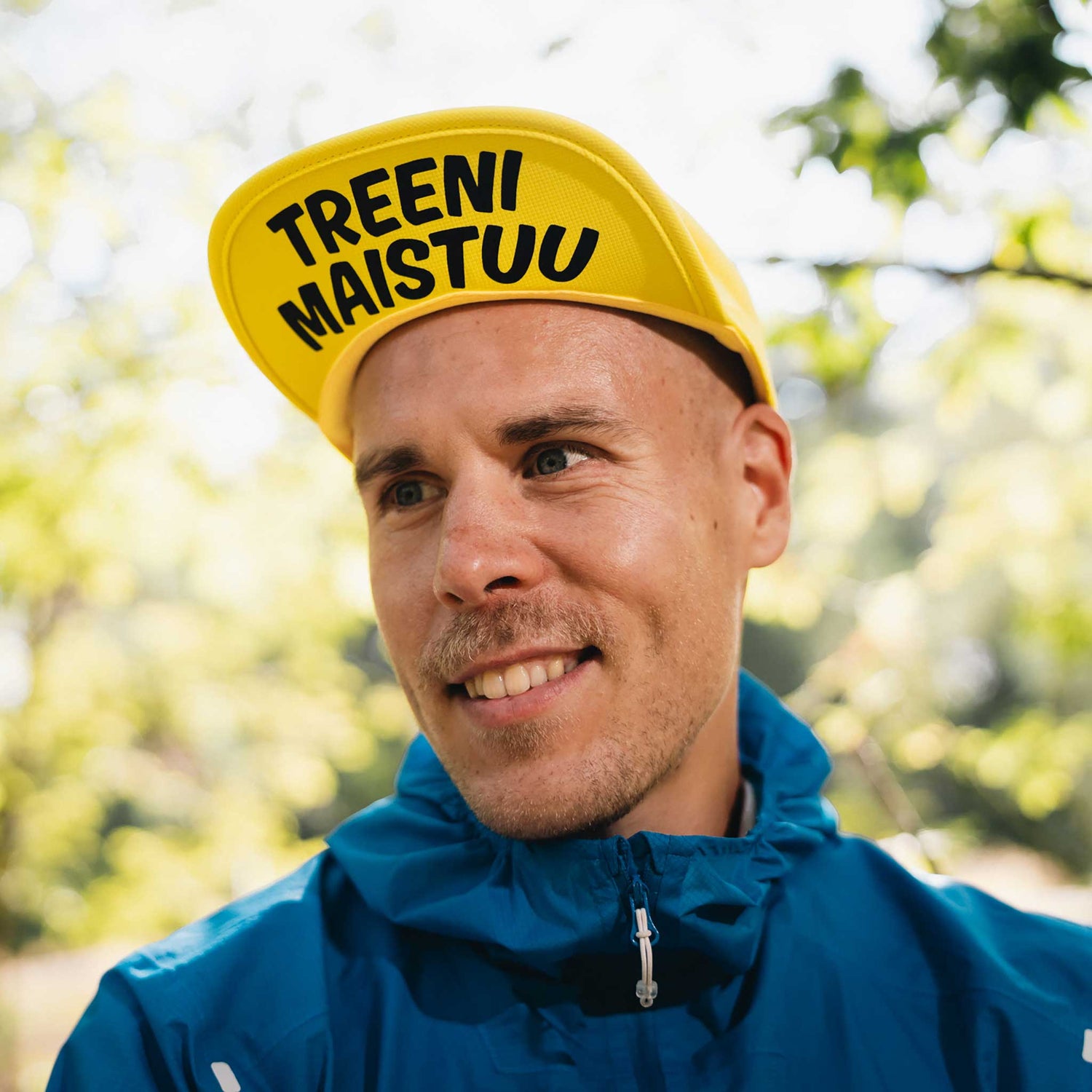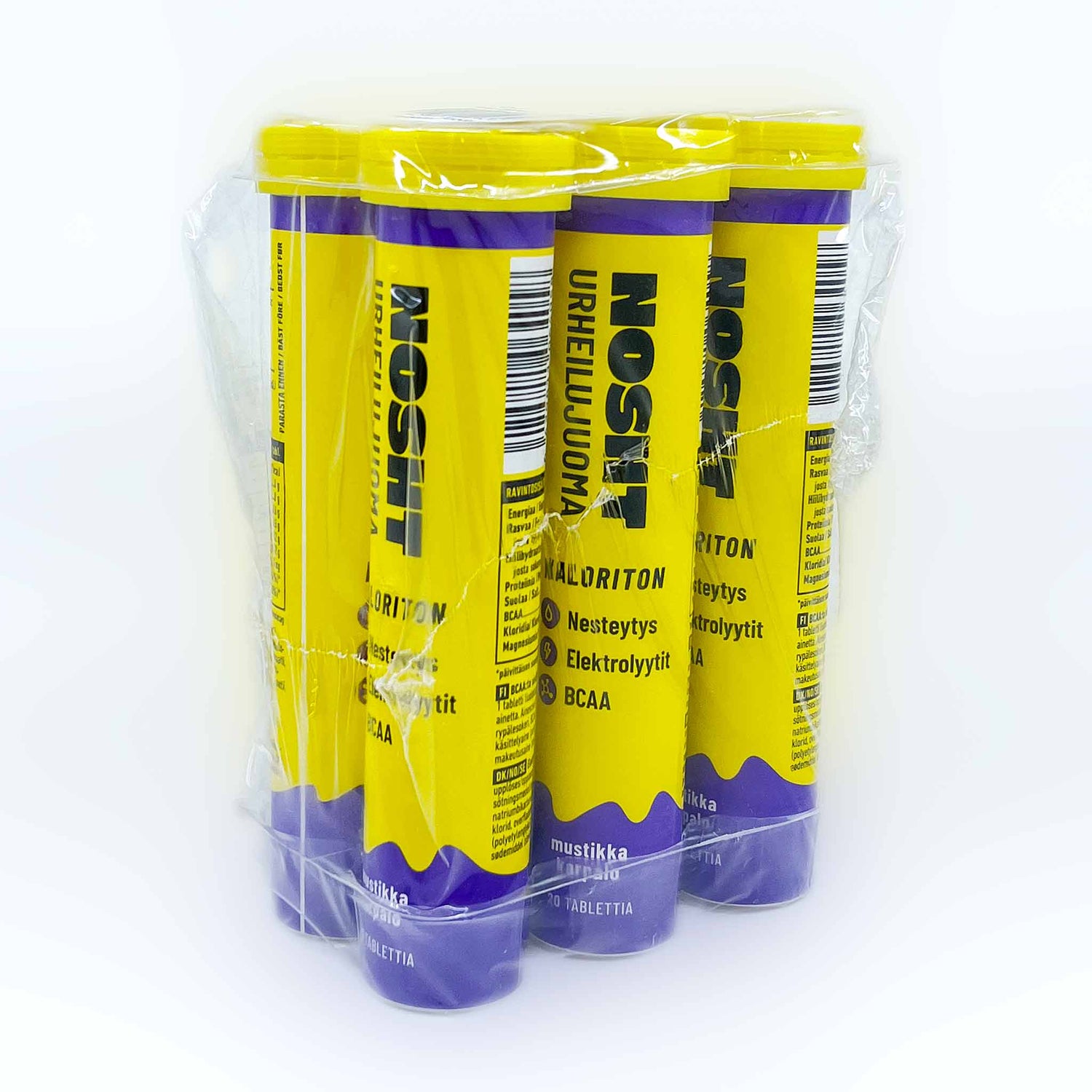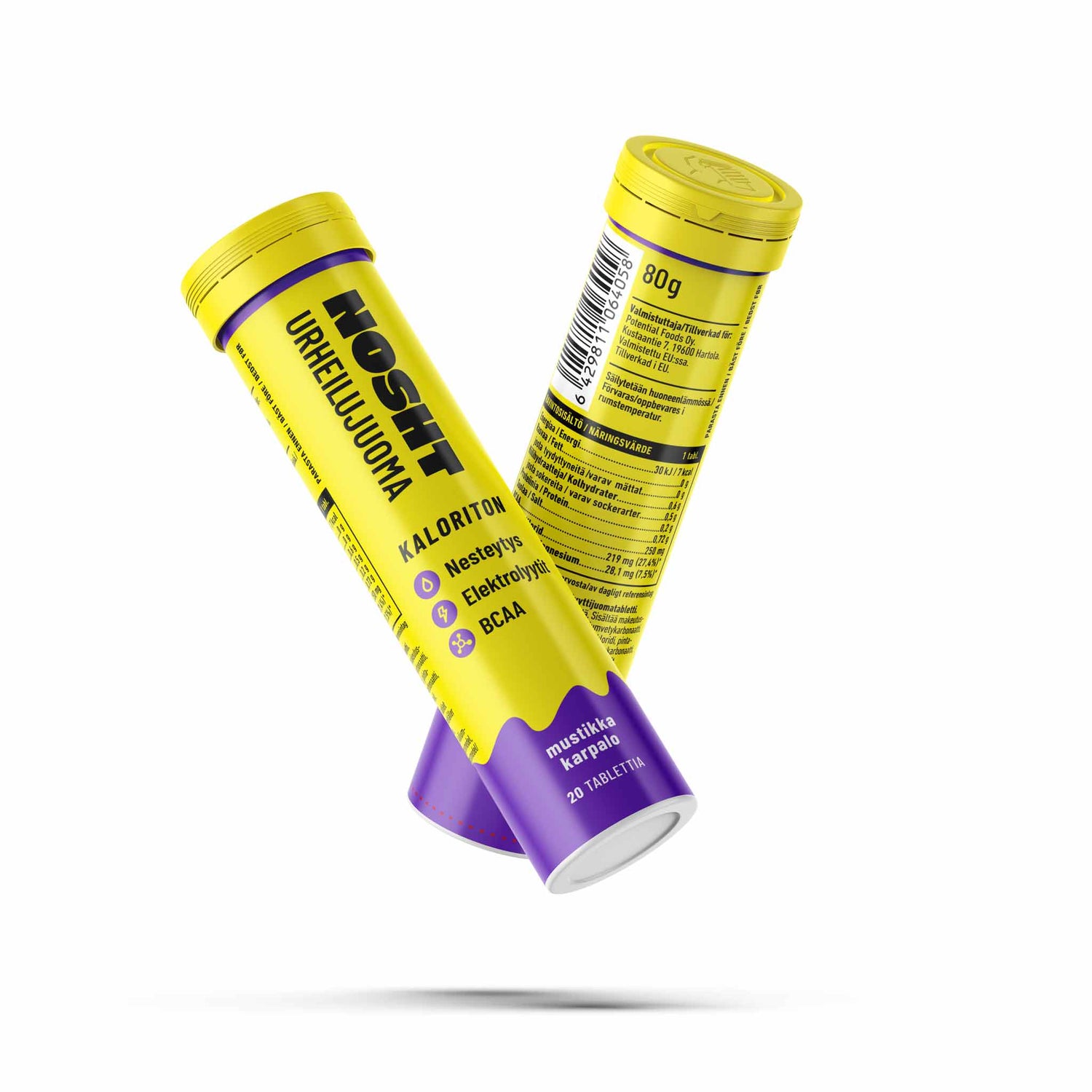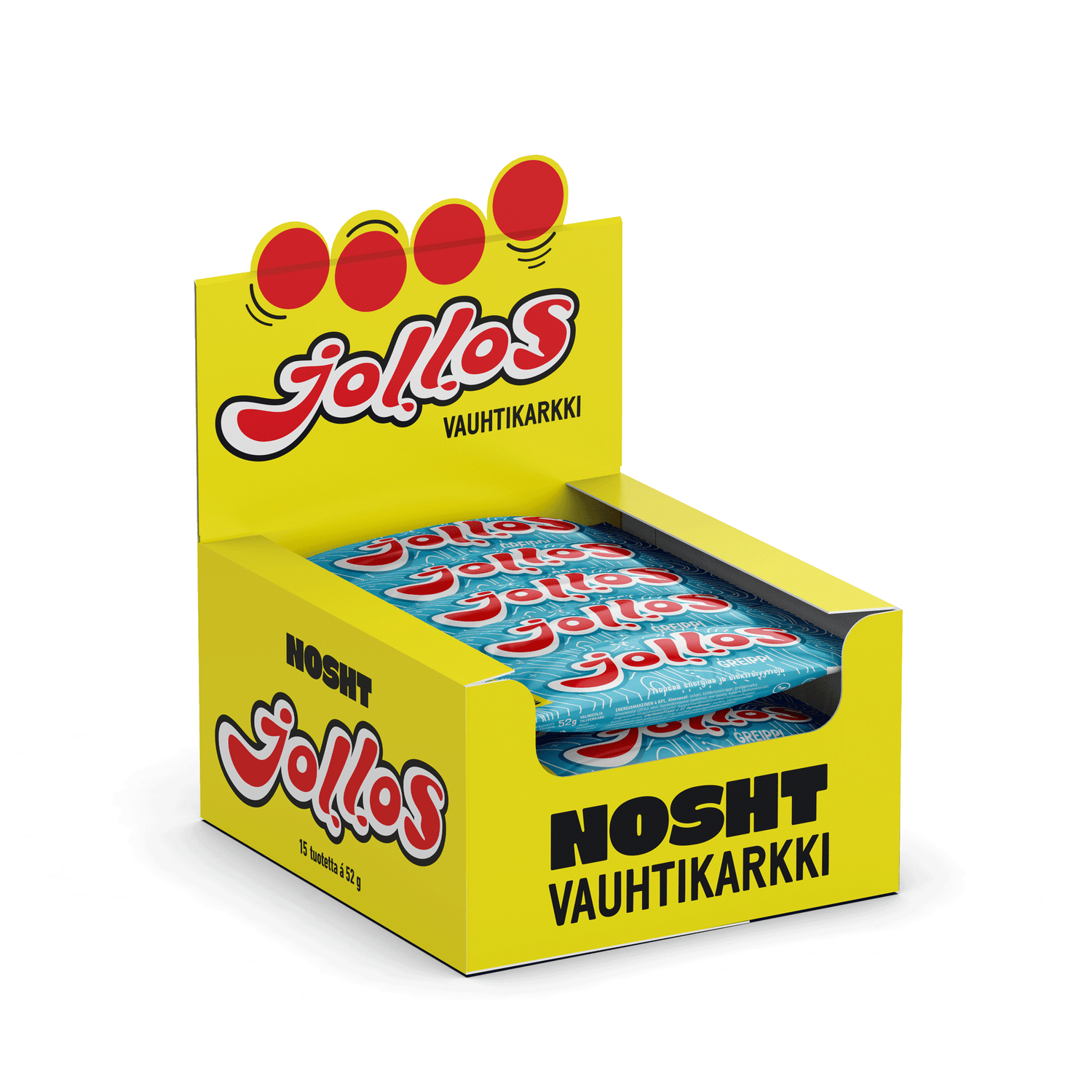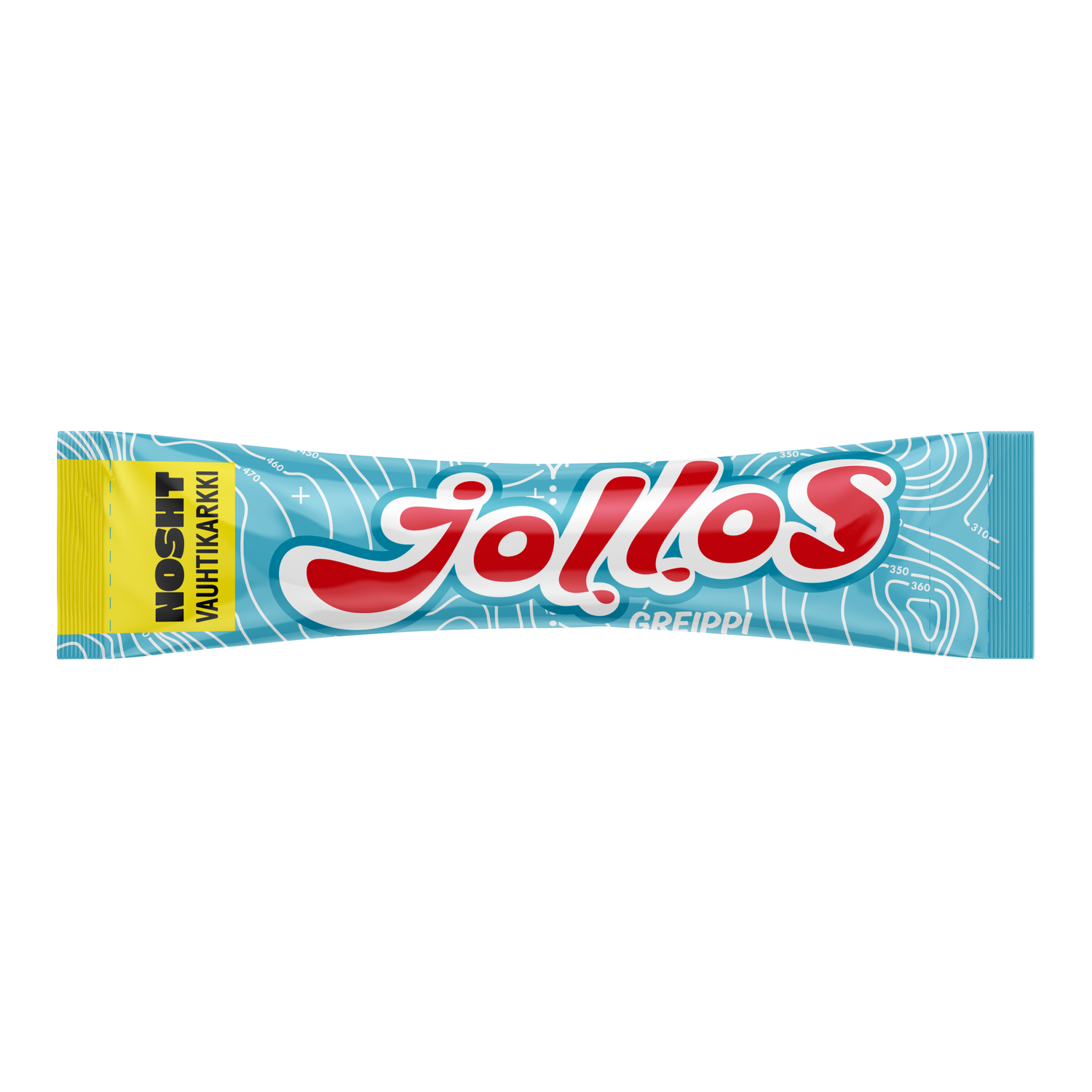The American fitness pioneer Jack Lalanne famously said, “Exercise is king while nutrition is queen; put them together, and you have a kingdom!” This blog post dives into matching your nutrition and training throughout the year.
Periodisation is the key to becoming a better athlete. When you vary your training throughout the year with intention and purpose, you make sure you have enough time to lay the base, build up speed and eventually ace the marathon, triathlon or cycling race you’ve signed up for.
When you change how you train, your nutrition should also change. If you don’t match the volume or intensity of your workouts with how you eat, you won’t reap all the benefits from all the hard work you have put in.
In this blog post, we dive into matching your nutrition and training: what is nutritional periodisation, how to do it and why you should also train your gut.
What is nutritional periodisation?
Nutritional periodisation or periodised nutrition, sometimes also called nutritional training, means adjusting the diet based on the goals and training methods.
You can do periodisation on several levels:
- daily to make you optimally fueled for that day’s workouts
- weekly to make sure your diet supports your training
- or monthly to match your overall nutrition to the current volume, intensity and style of training.
There are many different strategies for nutritional periodisation. So it won’t come as a surprise that according to research, there is no one optimal way to periodise your nutrition but that it always depends on your goals, type of training and individual needs.
How to match your training and nutrition?
Periodisation is not only for professional athletes. It’s equally crucial to weekend warriors and us regular people training for a race.
It’s always wise to look at the bigger picture first. How does my training change throughout the year? How does that change my energy, hydration or macronutrient needs?
For example, many runners ramp up the training volume in spring in preparation for the race season. However, if you keep eating the same way you did on your base cycle, even though you spend hours more on your feet every week, you are sure to run into trouble, metaphorically speaking.
The most important thing is to get enough energy to support your training and recovery. It’s also beneficial look at your carbohydrate intake and hydration needs. Especially if you’re doing workouts that last for several hours, it’s wise to take some energy and sports drink with you.
Make sure you get enough energy
Before you dive into optimising your macros or buy a cupboard full of sciency supplements, you should look at your energy intake. Simply put: do you get enough energy to support your training?
Getting enough energy is crucial for your recovery and development as an athlete. If you don’t get enough energy, the risks of getting injured or sick grow significantly. Relative energy deficiency in sports, RED-S, is a state that can lead to many kinds of serious health issues.
How do you know whether you have enough on your plate? Just count how many calories you burn and how many calories you take in? Energy availability is a better and more comprehensive way to assess your energy intake. With it, you get a better picture of your energy balance and if you are at risk to get health problems due to energy deficiency.
Your gut is part of your body, so train that too
Periodisation is usually built around the race season or a big day, like a marathon, triathlon or adventure. Months of training can go to waste if your stomach can’t handle it.
To make the most of your training, you should also train your gut. It means gradually training your stomach to take in enough carbohydrates and fluids to power you through your race.
Make training your gut part of your nutritional periodisation. You can gradually build up your energy and liquid intake as your training volume rises. It’s also important to test your race-day nutrition and hydration well in advance. A good way is to simulate race-day nutrition once or twice per week for a couple of months in race-like workouts.
If you’re ramping up your training towards the race season, now is the perfect time to stock up on gut-friendly energy, sports drinks and protein, start testing what works for you and get ready to rock that big day!
Author: Lotta Heikkeri
